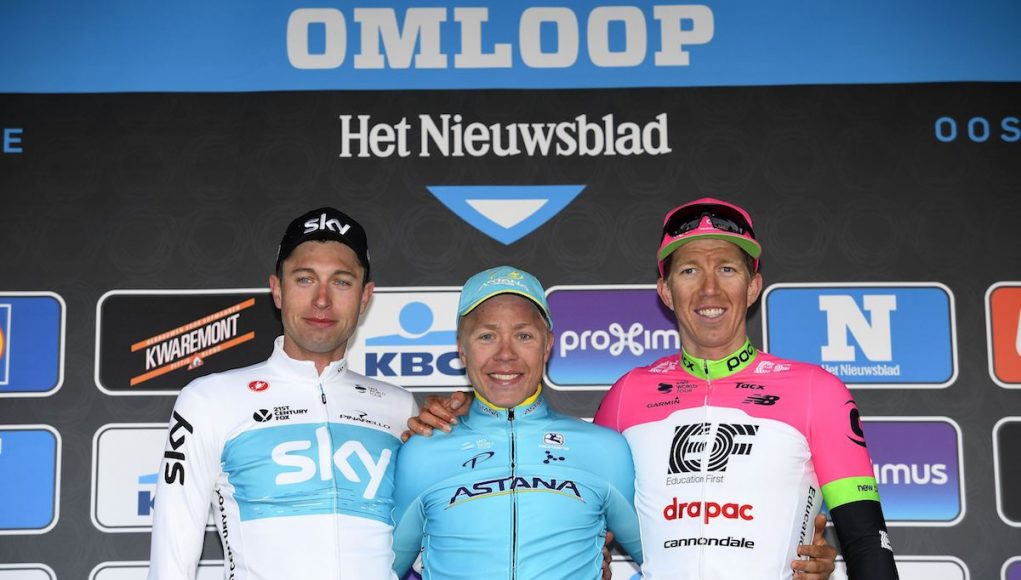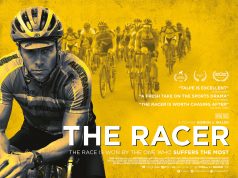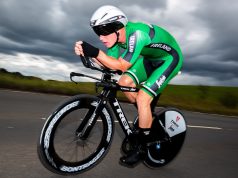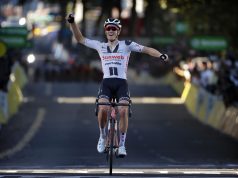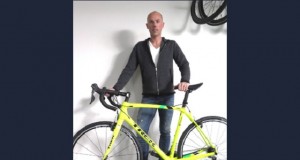Sep Vanmarcke (EF Education First – Drapac p/b Cannondale) rounded out the podium at Omloop Het Nieuwsblad on Saturday. The Belgian, who won the race back in 2012 had aimed higher, but he was satisfied with the result. His performance in the final 20 kilometres showed his strength and buoyed his confidence ahead of the cobbles still to come.
“Second or third, it’s all right,” said Vanmarcke. “It doesn’t matter from those two places if you don’t win but you’re still on the podium.”
“It was physical more than tactical to be up there on the front initially,” said Vanmarcke. “The first 10 guys, you had to be strong to do an attack, you had to be strong to wait for the sprint. If you’re there with the top 10, you’re strong and from there it’s gambling.”
The first day of opening weekend didn’t disappoint with large crowds on the cobbled climbs and aggressive racing. Vanmarcke was one of the day’s protagonists, lighting a fire on the fabled Kappelmuur.
“On the Muur, I knew I had to go full gas to split the peloton,” said Vanmarcke. “I was alone but it was too difficult to stay in front with the headwind. Even with Stybar (Quick-Step Floors) joining me, it was too hard with two guys.”
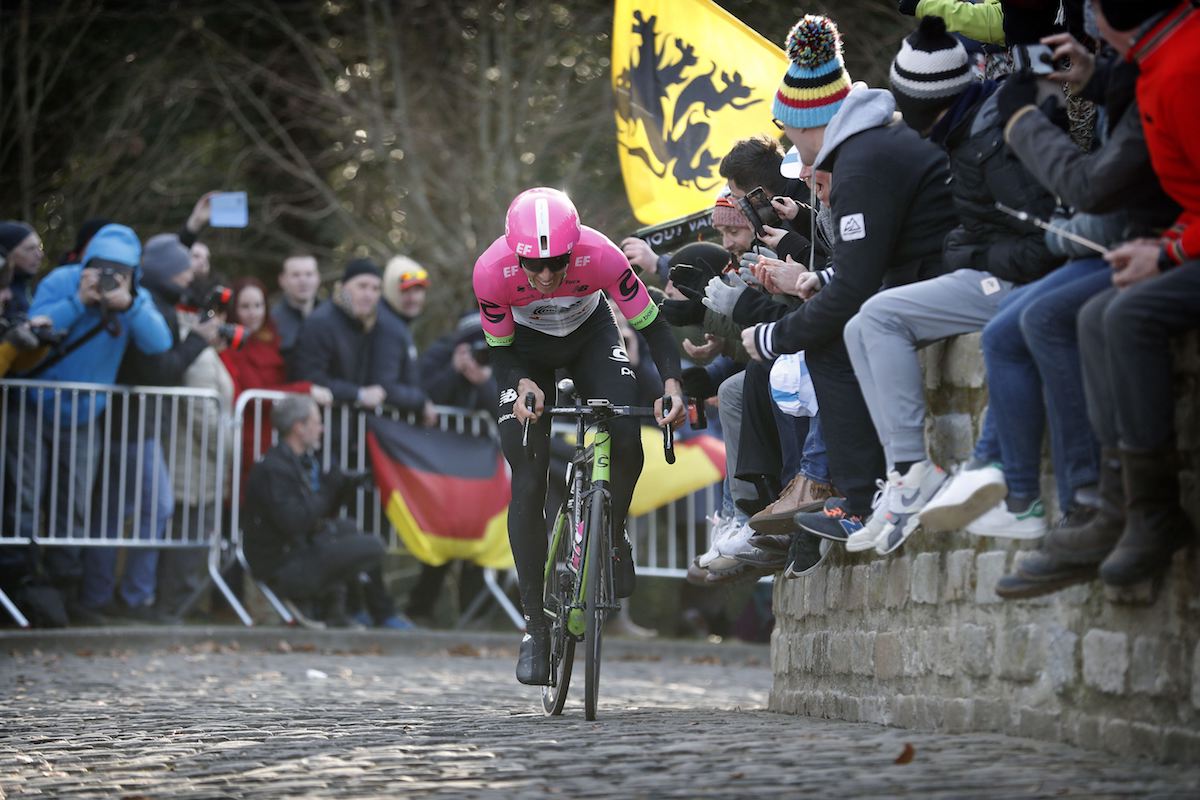
A tough headwind and determined field kept the race to a select group right up into the final kilometre. In the end, Vanmarcke finished third, after attacking several times in the closing kilometres. It was a counter-move by Astana’s Michael Valgren that opened the race-winning gap. Vanmarcke was the first to chase the young Dane, who soloed across the finish line. Sky’s Lukasz Wiśniowski caught Vanmarcke near the line.
“I decided in the last few kilometres to give it a shot and not wait for the sprint,” explained Vanmarcke. “There were too many from Astana, and the cooperation wasn’t great. I hoped if I went, they would wait for a second and then I could be gone but Stybar immediately came to my wheel.
“After that Valgren attacked immediately, and for him, they stopped,” said Vanmarkce. “He was gone. I knew that was it. I couldn’t go again because I had just gone. I waited for a second and when I was recovered, I went again. They were waiting a little bit, and I opened up a gap, but I was dying. I wasn’t recovered enough from the earlier attacks.”
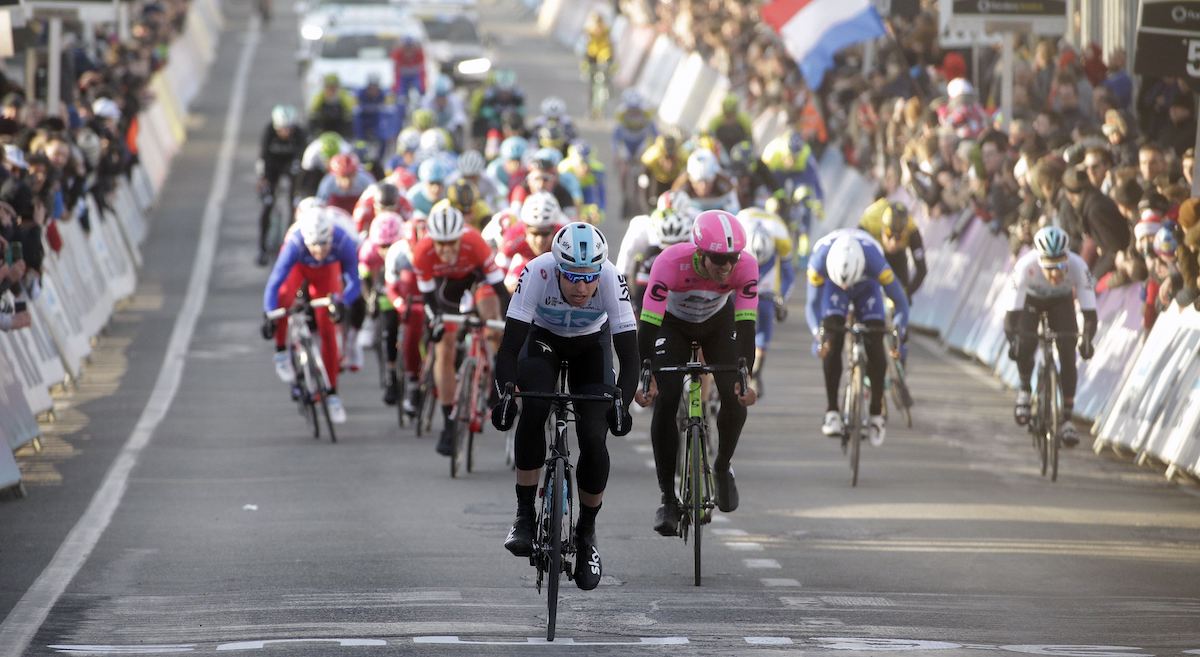
Valgren had enjoyed the benefit of team support in front group that formed between the Muur and the Bosberg, the final climb in new look finale, a throwback to the old Tour of Flanders parcours. Only Astana had more than one rider in the final selection.
“The boys were good today,” said sport director Andreas Klier. “The team did what we planned to do. In the end with the wind gusts up to 50 kilometres per hour, things changed a bit. But this doesn’t mean you have to change your whole plan.”
“You couldn’t see our faces very often on the TV, and there was a reason for that: I asked them to hide,” Klier noted. “They were there in the places they needed to be.
“In the final, there was an 11 man group, which wasn’t good. There were too many fast people, and we had to do something. And Sep did do something, and he ended up third. That’s promising. It was a nice move. He did it in a perfect way with very good legs, obviously.”



